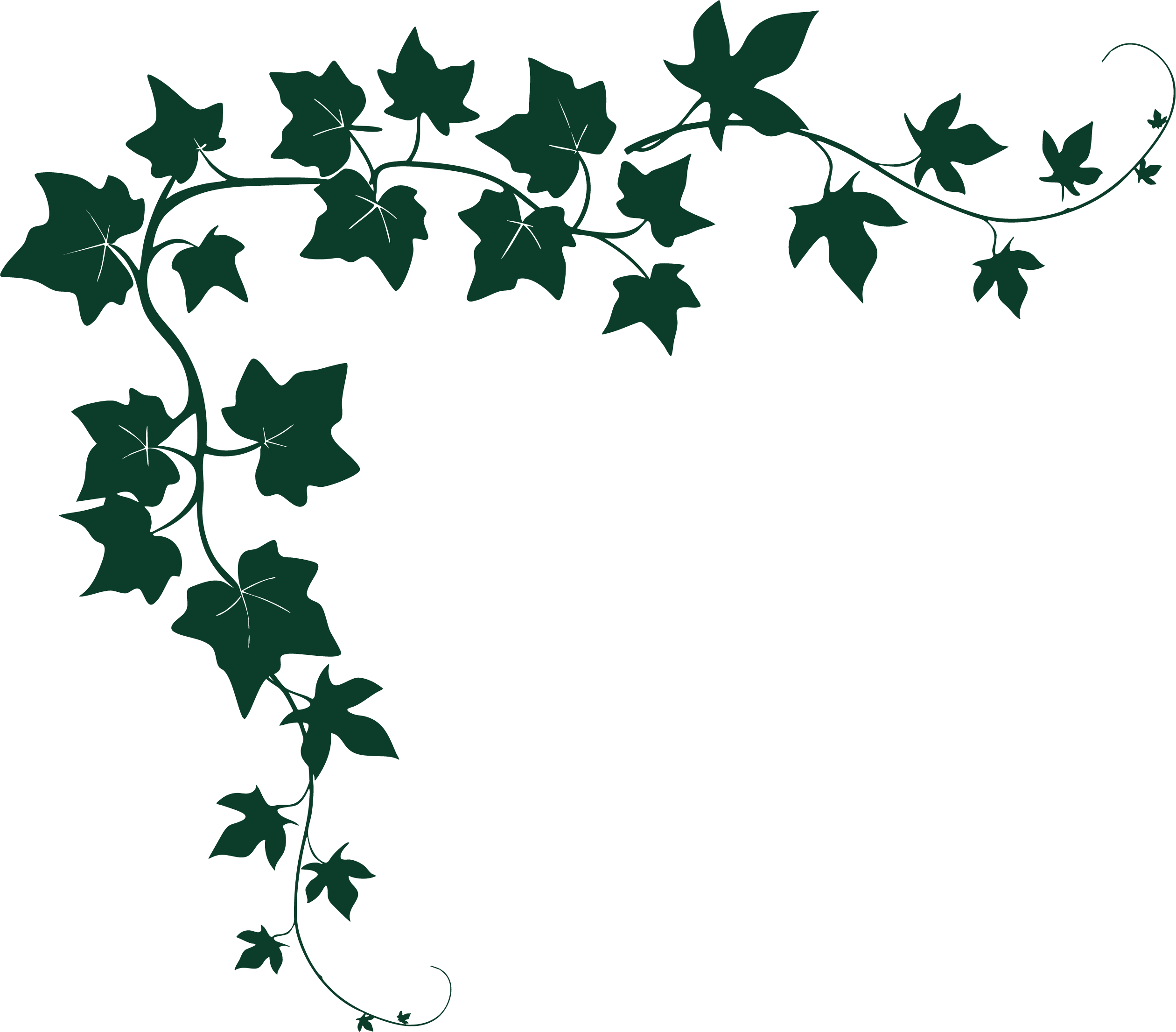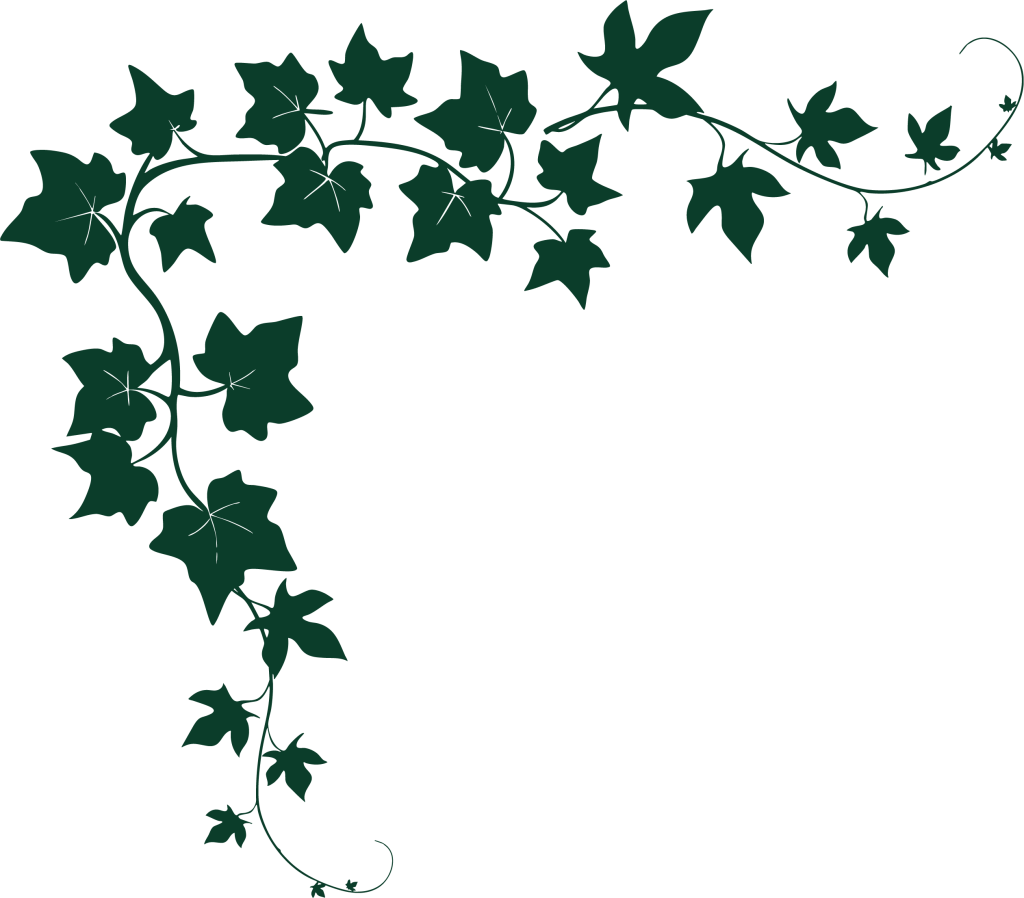
Our History
at Aston Hall Hotel
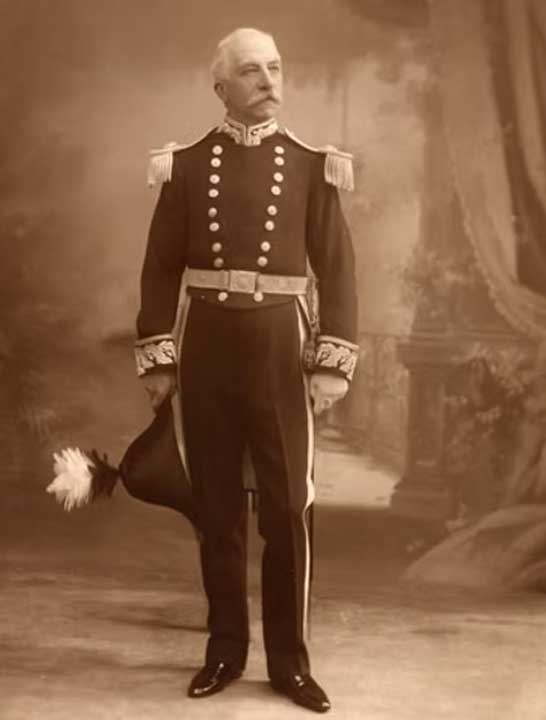
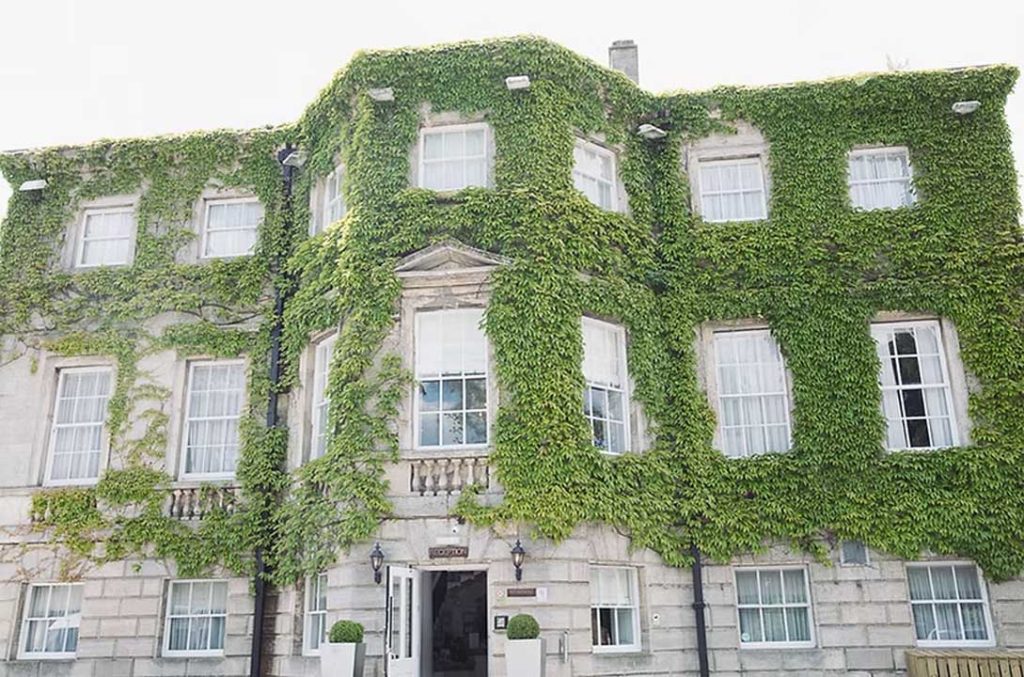
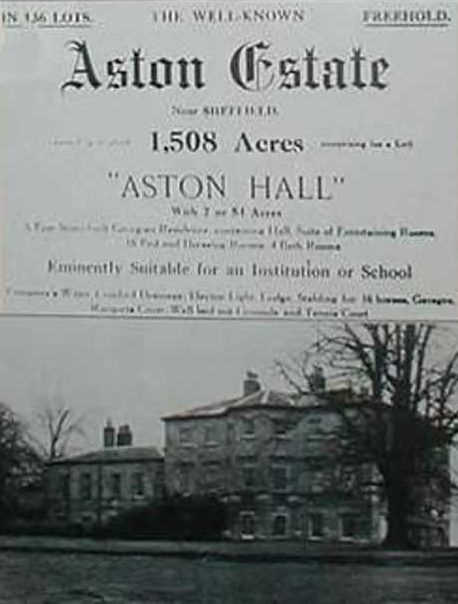
Timeline of Aston Hall
c.1767 – The original Aston Hall is destroyed by fire.
c.1772 – Construction of the present Aston Hall begins, designed by architect John Carr for Robert D’Arcy, 4th Earl of Holderness.
1778 – Robert D’Arcy dies; the Hall remains unfinished.
c.1790 – The Hall is sold to the Verelst family. Harry Verelst, former Governor of Bengal and successor to Clive of India, becomes owner.
1813–1814 – Lord Byron’s Visits
January 1813 – George Gordon, Lord Byron (the poet), stays at Eywood; publishes The Giaour. His affair with Lady Oxford ends.
July/August 1813 – Byron in London.
21 August 1813 – Byron stays at Aston Hall, where he begins an affair with Lady Frances Webster (later Annesley). At this time, the Hall was likely let to the Webster family, though owned by the Verelsts.
October 1813 – Byron returns to Aston Hall; the Websters visit his own home, Newstead Abbey (Nottinghamshire).
November 1813 – January 1814 – Byron is in London.
December 1813 – The Bride of Abydos is published. Byron begins writing The Corsair.
Later History
Late 19th / early 20th century – The estate is managed by Harry Wilson Verelst, squire of Aston Hall.
1928 – The estate is broken up and sold in lots. Aston Hall is bought by Sir Ronald Matthews, J.P. Sale advertisements (some still on display in the Blue Bell pub) describe the property as “eminently suitable for an Institution or School.”
1948 – The Hall is purchased by the West Riding County Council and converted into a psychiatric hospital for women.
1996 (Euro ‘96) – Aston Hall hosts the Portuguese national football team during the tournament in Sheffield.
Today
Now a luxury hotel and entertainment venue, Aston Hall still retains its striking reception, original white pillars, grand staircase, and mosaic flooring.






